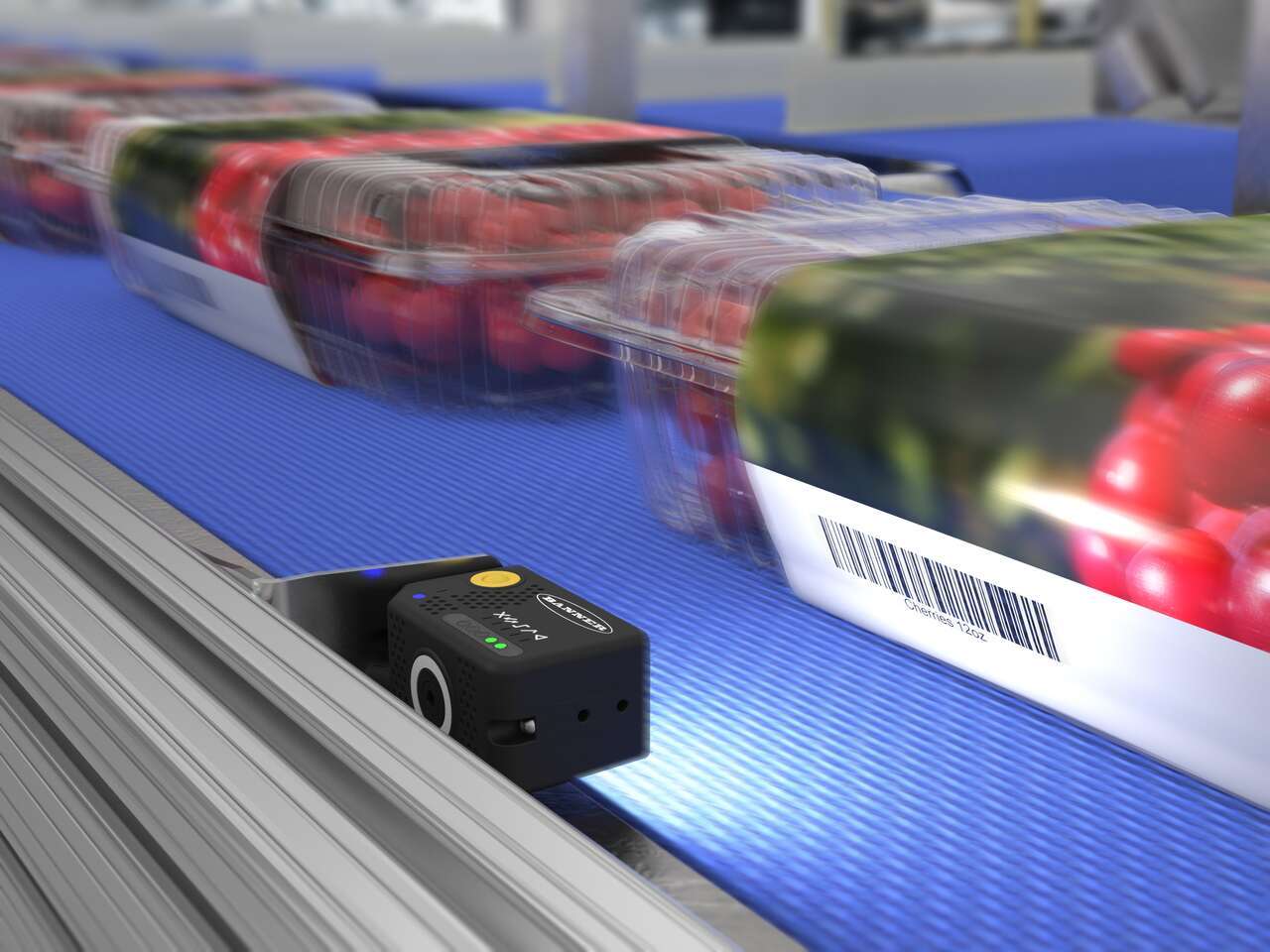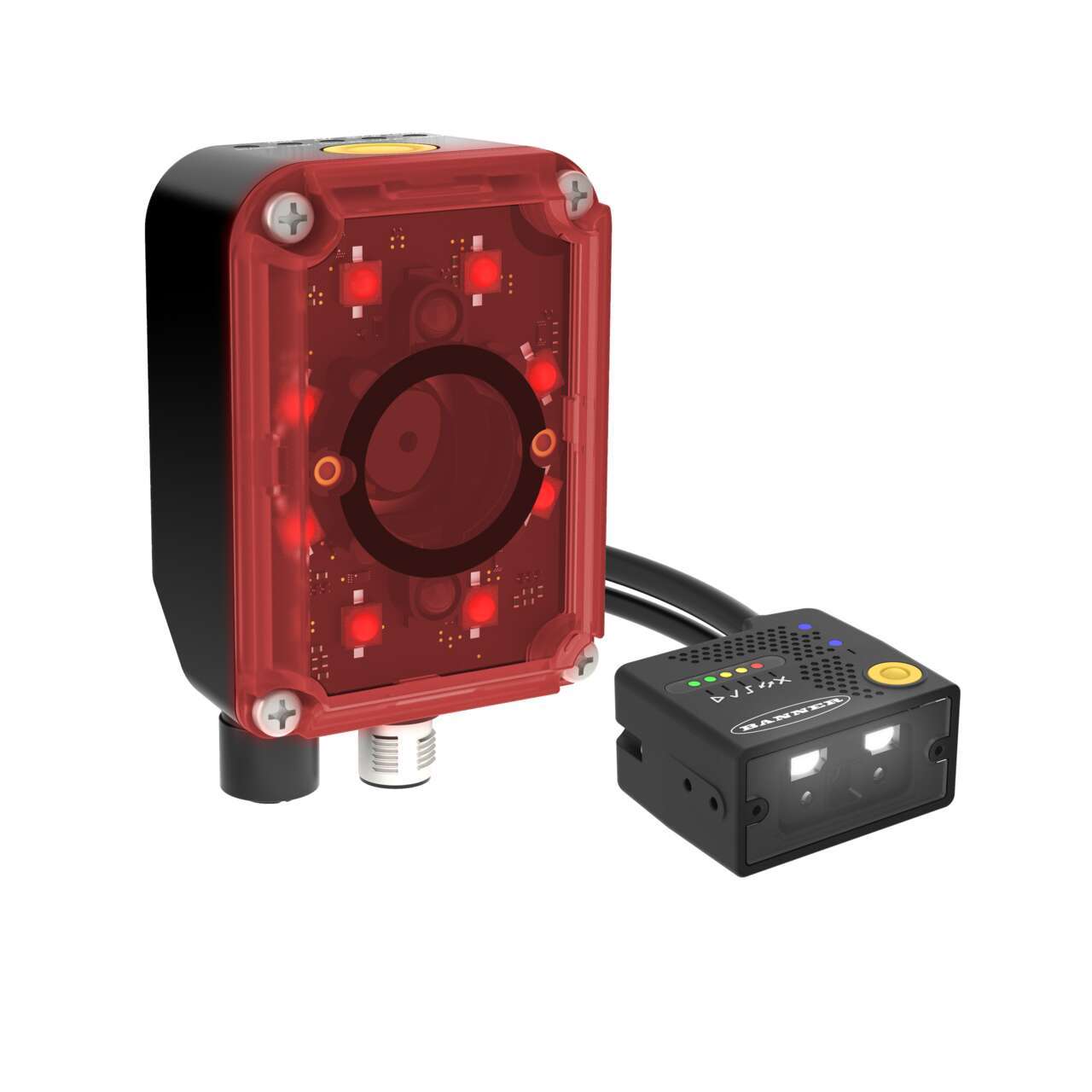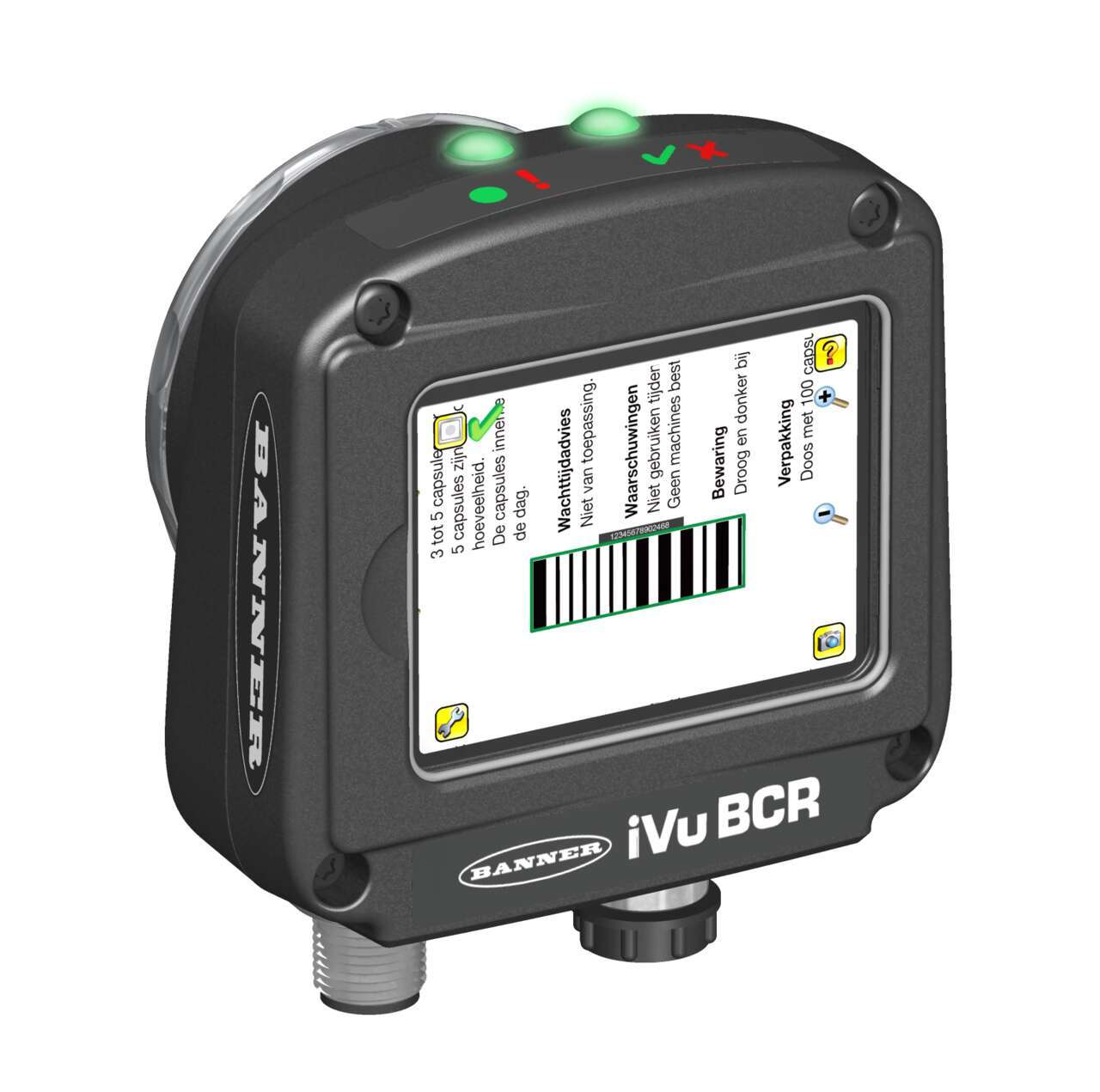Track and Trace for Product Recall
Mitigate Damages with Accurate, Timely Recalls
An important goal for any manufacturer is to avoid product recall. Recalls are costly, in terms of both actual costs of repair, replacement, or buy-backs as well as the cost of a tarnished brand reputation.
Implementing quality control solutions can help reduce the risk of product defects and safety hazards; however, even the most effective quality control does not eliminate all risk.
Recalls happen, and when they do, it is critical that manufacturers are prepared to respond quickly by identifying affected products and issuing a timely recall to mitigate damages.
When recalls occur, a manufacturer's response can make or break its reputation, and by extension, impact customer loyalty and future profits.
Manufacturers must act quickly and recall all affected products that have already been purchased. In some cases, manufacturers must be able to quickly pull affected inventory from their own shelves, distribution centers, and retail establishments. In other instances, like in many automotive recalls, consumers may need their purchases repaired in a timely manner. Furthermore, to prevent unnecessary costs, manufacturers must avoid inadvertently recalling unaffected products.
Track and trace solutions help manufacturers execute recalls quickly and accurately, so that affected products can be repaired or removed from the market, and the issue can be resolved quickly.
These solutions depend on reliable identification of individual products throughout the supply chain—most commonly by scanning barcodes at every stage from production to purchase. Track and trace solutions are only as reliable as the devices that scan the codes, so selecting the appropriate identification technology is critical.
Track and Trace for Food Safety
- In food packaging, barcodes are embedded with information specific to each product and production run in order to identify products throughout the supply chain.
- As part of a track and trace program, a packing house verifies product barcodes at multiple points during packaging, creating a record that will allow the company to quickly identify and isolate any product with quality issues in the event of a recall.
- Imager-based barcode readers, like the ABR 3000 from Banner, are capable of decoding the widest range of 1D and 2D barcodes. Deployed along the packaging line, the ABR 3000 verifies that the barcode printed on each package is present, readable, and correct for each production run.
- The information contained in the barcodes is sent via an Ethernet connection to the company’s production management system which records the data for future referrence.
Track and Trace for Automotive Components
- Many automotive suppliers are incorporating Ultra Violet (UV) barcodes for component traceability and quality control.
- The technology uses UV-based ink that is only visible to the human eye when illuminated with a UV light source. Suppliers can store key informationin a small code printed directly on the component, without affecting design or aesthetics.
- In the event of a recall, codes can be scanned to verify that components were installed and tested in compliance with standards.
- In this application, an iVu BCR barcode reader with a C-mount lens, UV spotlight, and Ethernet capabilities can be used to read invisible 2D Data Matrix codes and send data via EtherNet/IP to a PLC for error proofing and traceability.
Track and Trace for Pharmaceutical Packaging
- Traceability is only effective for facilitating recalls if the correct codes are attached to the correct products. Therefore, validating codes prior to shipment is critical.
- In the pharmaceutical industry, medical supplies are often individually packaged in sealed pouches.
- Before product can be shipped, the barcodes must be validated to ensure that the correct barcode is affixed to the correct product for accurate traceability.
- An imager-based barcode reader validates each barcode and sends data via Ethernet IP to a PLC for future reference in case of recalls.
Imager-Based 1D and 2D Barcode Reader
Les lecteurs de codes-barres de la série ABR offrent une capacité de décodage supérieure pour résoudre les applications de suivi et de traçage les plus difficiles. Ils sont disponibles en deux formats compacts, de multiples configurations d'éclairage, plusieurs résolutions et de nombreuses options en termes d'objectifs.
- Lecture d'une bibliothèque complète de codes-barres 1D et 2D
- Deux formats compacts avec un indice de protection pouvant atteindre IP67 pour une utilisation en milieu industriel
- Résolutions jusqu'à 2 MP et plusieurs configurations d'éclairage et distances focales d'objectif, y compris la mise au point automatique, pour s'adapter à toutes les applications
- Modèles pour les applications difficiles, y compris la lecture de codes DPM et les fenêtres polarisées
- Configuration en quelques minutes à l'aide de boutons poussoirs intégrés ou d'un PC doté d'un logiciel Barcode Manager aux fonctionnalités très complètes
- Options d'objectif polyvalentes, y compris une mise au point automatique configurable par logiciel, pour simplifier l'installation et la configuration
- Configuration via une connexion Ethernet industriel, série et USB pour simplifier l'intégration des dispositifs et faciliter la collecte de données IIoT
- Interface web pour la surveillance, la configuration et la consultation des statistiques à distance sur n'importe quel réseau
Imager-Based 1D and 2D Barcode Reader
Les lecteurs de code-barres de la série iVu BCR combinent de puissantes fonctionnalités de décodage et une grande facilité d'utilisation pour résoudre les applications de traçabilité. Ces lecteurs de codes-barres polyvalents se déclinent en différents modèles proposant un large choix de lentilles, d'éclairages et d'interfaces utilisateurs.
- Lecture d'un large éventail de codes-barres 1D et 2D, y compris les codes endommagés, déformés et autres codes difficiles à lire
- Lecture possible de plusieurs codes à barres dans n'importe quel sens au cours d'une seule inspection
- Configuration, gestion et surveillance des inspections à l'aide d'un écran tactile intégré, d'un écran tactile déporté ou d'une interface PC
- Protocoles de communication Ethernet et série pour simplifier l'intégration des dispositifs et la collecte de données IIoT
- Boîtier robuste, certifié IP67, idéal pour les espaces restreints et les environnements industriels
- Large choix d'options d'éclairage intégrées pour simplifier l'installation et optimiser le contraste
- Lentilles interchangeables, y compris une large gamme d'options standard et avec monture en C pour répondre aux besoins de n'importe quelle application
TCNM Series
Laser-Based 1D Barcode Scanner
Capable de décoder une douzaine de codes-barres linéaires usuels, le TCNM fournit une lecture rapide, une grande profondeur de champ et une haute résolution.
- Le lecteur de codes à barres peut décoder plus d'une dizaine de codes à barres linéaires
- 500 à 1000 lectures par seconde
- Configuration et diagnostique par l'utilisation du bouton "SMART-TEACH" et des indicateurs à LED
- Code de restauration d'algorithme pour la reconstructions des informations d'un code endommagé
- Le logiciel GeniusPlus et un protocole de communication interne permettent d'éliminer l'utilisation d'un multiplexeur externe lors d'une configuration multiple
- Boîtier IP65 robuste











